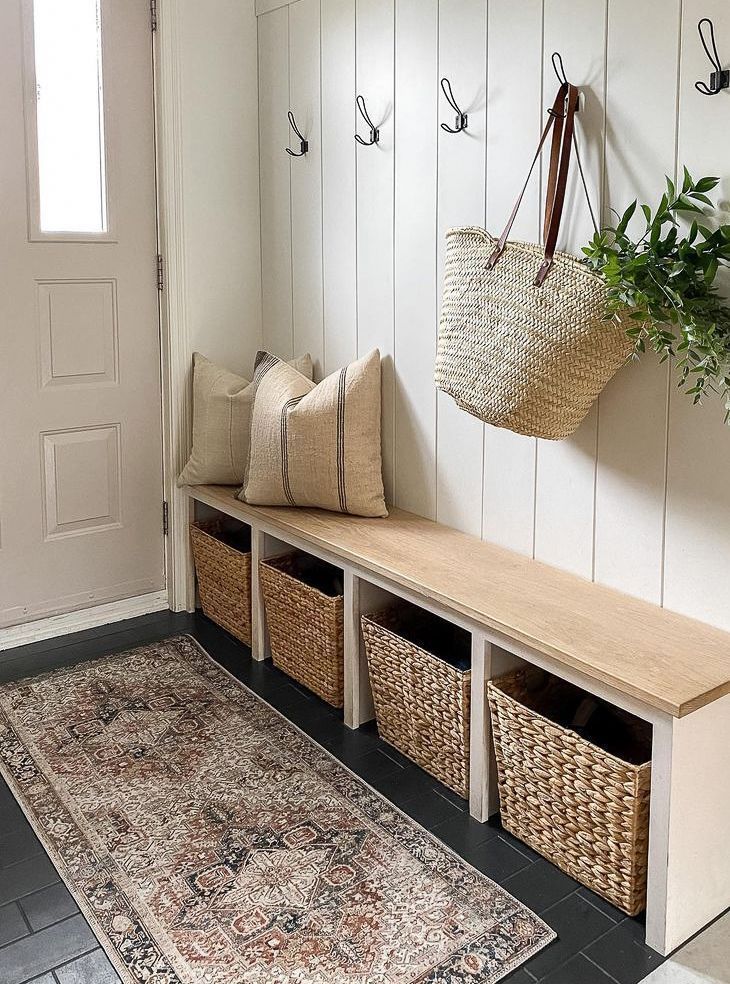Step-by-Step Guide to Selecting the Perfect Kitchen Flooring
Choosing the right flooring for your kitchen is a crucial decision that impacts both the aesthetics and functionality of one of the most frequently used spaces in your home. Kitchen floors must withstand heavy foot traffic, spills, impacts, and sometimes heavy appliances. With the wide array of flooring options available, it can be challenging to determine which one is most suited for your kitchen. Here are some essential tips to help you make the right choice:
1. Consider Durability and Maintenance
Durability should be a top priority when selecting kitchen flooring. Materials like ceramic tile, natural stone, and luxury vinyl are popular choices because they are durable and easy to clean. Consider the hardness and scratch resistance of the material, especially if you have pets or children.
- Ceramic and Porcelain Tiles: Highly durable and available in a variety of designs. They are also water-resistant, making them ideal for kitchens.
- Natural Stone: Offers a unique look with each piece being different. Stone like granite and marble require more maintenance and periodic sealing to prevent stains.
- Luxury Vinyl: Provides a good balance of durability and comfort underfoot. It mimics the look of natural materials like wood and stone but at a lower cost and with less maintenance.
2. Assess Your Lifestyle
Your lifestyle should play a significant role in your flooring choice. If you spend a lot of time cooking, softer flooring like cork can provide better comfort for long periods of standing. However, if you have a busy household with kids and pets, you might opt for more resilient flooring like porcelain tiles or luxury vinyl that can handle more wear and tear.
3. Match the Flooring with Your Kitchen’s Style
The flooring should complement the overall design of your kitchen. For a modern look, consider large-format tiles or sleek vinyl planks. For a traditional kitchen, hardwood or engineered wood can add warmth and character.
- Wood: Creates a warm, classic look but requires more maintenance to prevent damage from water and scratches.
- Laminate: Offers the look of wood at a more affordable price point and with less maintenance, but it is not as resistant to moisture as other materials.
4. Think About Comfort
Consider the comfort level of the flooring, especially if you spend a lot of time in the kitchen. Some materials are harder underfoot, while others offer more cushioning.

- Cork: Naturally cushioned and has antimicrobial properties, making it comfortable and healthy.
- Bamboo: An eco-friendly option that provides a degree of natural cushioning and warmth similar to hardwood.
5. Be Mindful of Your Budget
Budget is always a consideration. Costs can vary widely based on the material and installation charges. Tiles and vinyl are generally less expensive than hardwood or natural stone. Remember to factor in the cost of underlayment, delivery, and installation, as well as any necessary finishes or sealants.
6. Evaluate the Ease of Installation
Some flooring options are easier to install than others. If you’re considering a DIY installation, laminate and vinyl planks are relatively straightforward and can often be installed over existing flooring. Tile and hardwood generally require more expertise and specialized tools.
7. Think Long-Term
Consider how the look of your flooring will age with your kitchen and what the long-term maintenance will entail. While some materials may look great now, they might require more upkeep over the years or could go out of style.
By keeping these factors in mind, you can choose the right flooring for your kitchen that balances style, function, and cost. Be sure to gather samples of different flooring materials to see how they look in your kitchen’s lighting and alongside your cabinetry and fixtures. This can help you make a decision you’ll be satisfied with for years to come.




